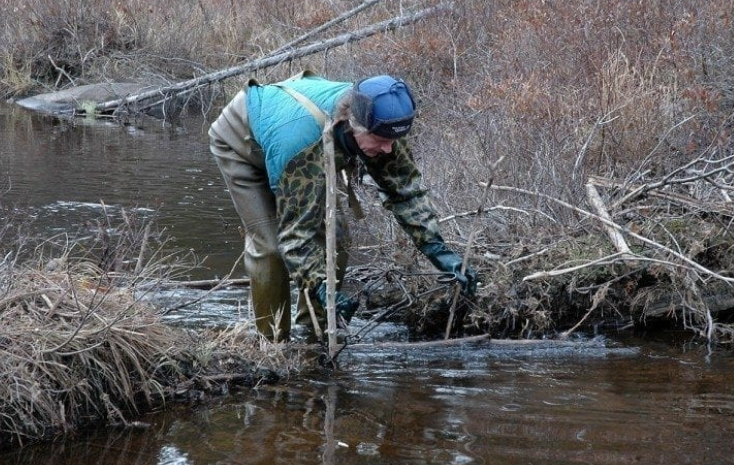NEEBING — Anyone who thinks trapping is an outdated pastime has never tried to obtain a trapping licence.
The reality is that snagging a space in a trapper's course can sometimes be harder than ensnaring a rabbit.
A 40-hour course to be led next month by Neebing-based instructor Mark Deans is already full, and there likely won't be another one in the Thunder Bay area until next year.
Ontario Fur Managers Federation general manager Lauren Tonelli said she's not surprised, given the activity's enduring popularity.
"Most of our courses fill up quickly," Tonelli said Thursday from the federation's Sault Ste. Marie office.
"It's an intensive course, with a lot of hours and safety regulations."
Openings in trapping courses are usually limited because of the time and effort that goes into them, including training on how to skin an animal properly, Tonelli said.
Still, in 2023, more than 700 students took trapping courses sanctioned by the federation, which is one of a handful of agencies that do so in the province.
Once a candidate has completed the course and passed an exam, they can apply for a provincial licence and hope to obtain a provincially registered trap line or become a "helper" who assists a trapper who already has one.
"Most new trappers will start out as a helper," Tonelli said.
Trapping remains in vogue despite notions that the activity is inhumane. The federation issues more than 8,000 licences each year on behalf of the province and counts 5,500 members.
It also maintains a list of about 100 certified instructors, like Deans, who say Canadian trapping methods are among the most humane in the world.
"Canada has really led the way," Deans said.
Deans, who has been trapping for about 20 years, says trap lines in rural Thunder Bay can yield a variety of animals whose fur is destined for market, including pine martens, lynx, beavers, otters and wolves.
Though fur prices fluctuate as much as any other commodity, beaver fur is currently in high demand because it's been used in the manufacture of cowboy hats.
During a recent trip to Nevada, Deans ducked into a hat shop to find that hats with beaver fur were sold out.
Even though they love doing it, few can make a full-time living by trapping. Someone who works hard at it might only earn $5,000 per year. Deans is a good example: in addition to giving trapping courses, he also works in the mining industry.
"There's no such thing as a rich trapper, but there are many contented ones," he said. "It's something that just gets blended into your lifestyle."
The Chronicle Journal / Local Journalism Initiative
